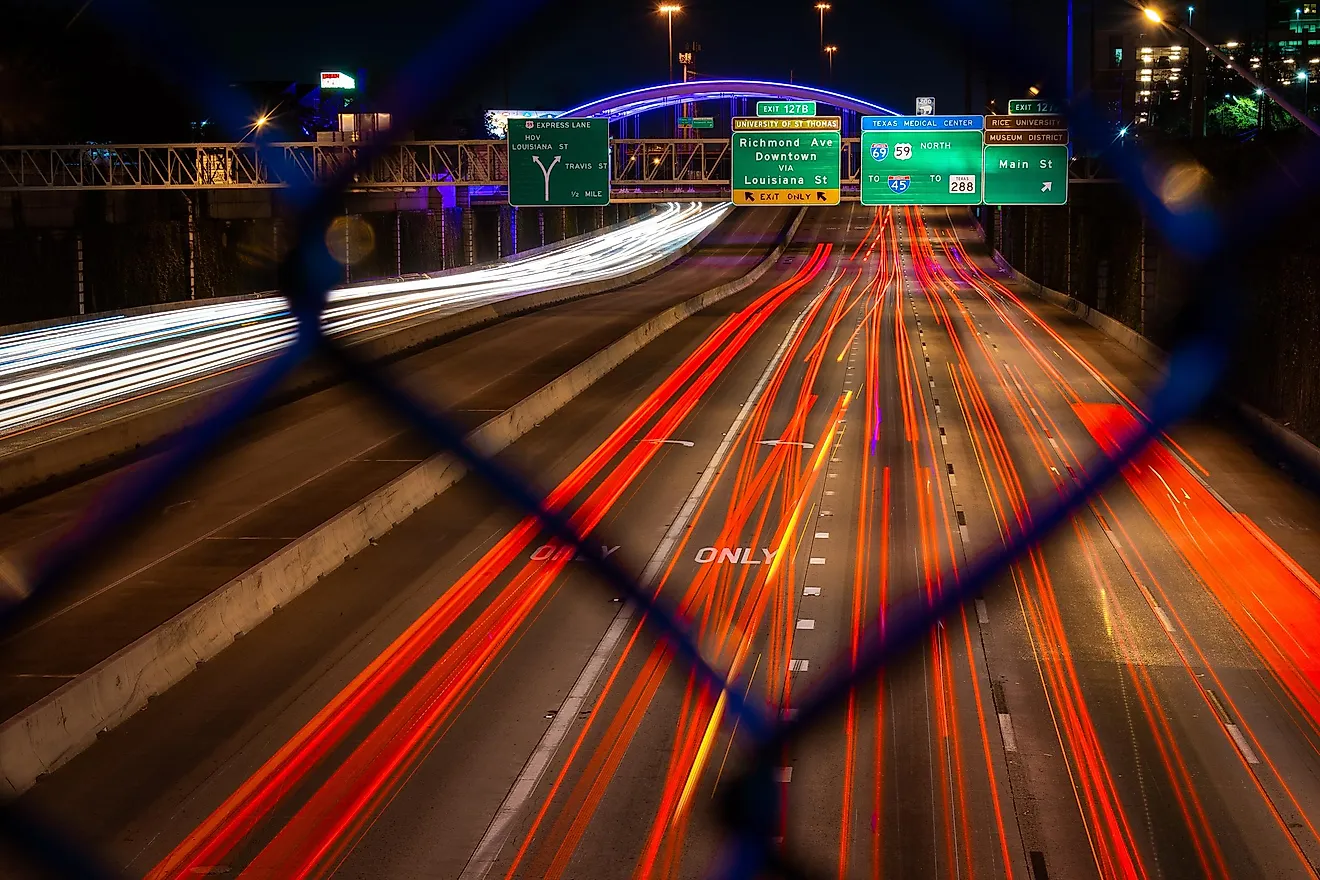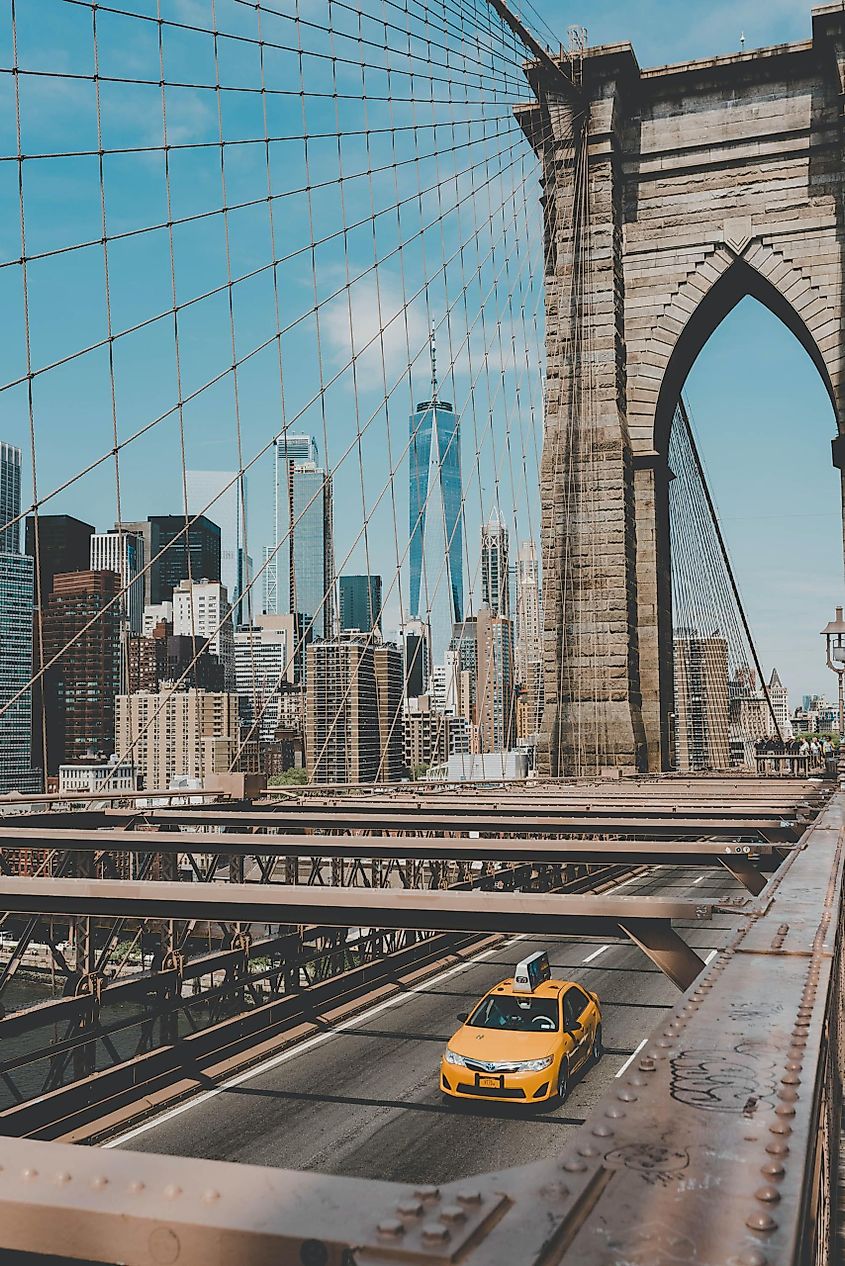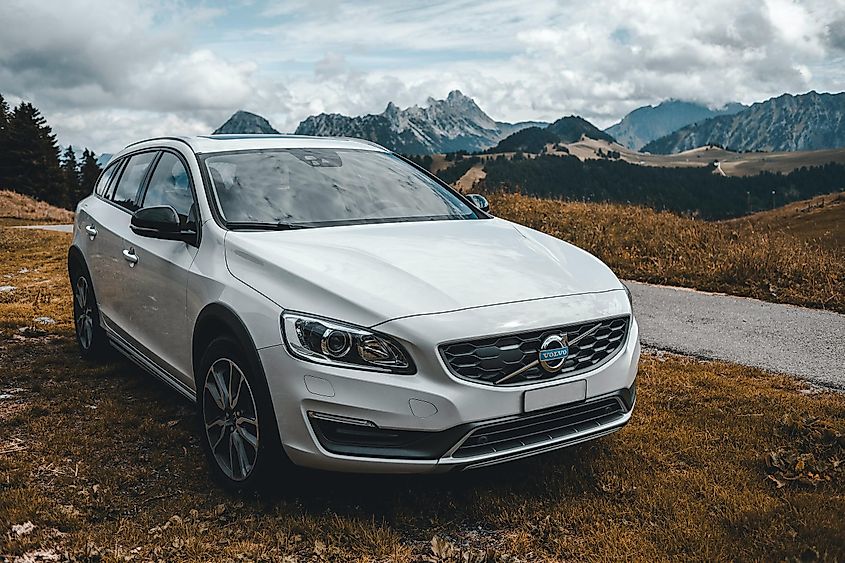What Are The Highest And Lowest Speed Limits In The US?

- the highest speed limits in the country are on rural interstates in less-densely populated states with less traffic.
- State Highway 130 also has an 85-mph speed limit.
- Portions of the Oklahoma Turnpike have posted speed limits of 80 mph.
- The remaining states range from 55 to 70 mph for highway driving.
- he was recently pulled over for driving 180 mph in a 70-mph zone.
It is widely believed that Americans have a “need for speed.” It is no wonder why movies like The Fast and the Furious, Mad Max, and Ford vs. Ferrari grab our attention with car racing scenes, high-speed chases, and flaming crashes. The love of cars is often associated with freedom; driving out on the open road without a care in the world resonates with many.
This reputation for fast driving does not hold true for everyone, though. It is also common to see slow drivers, puttering along in the right lane with little regard to their surroundings. Drive on any major three-lane highway in the U.S. and you can see speeders in the left and slowpokes on the right.
80 and Up
You will find that the highest speed limits in the country are on rural interstates in less-densely populated states with less traffic. According to the Insurance Institute for Highway Safety (IIHS), these states have the highest speed limits, depending on circumstances.
- Texas: In West Texas, sections of I-20 and I-20 plus sections of Travis County’s Highway 45 have an 80-mph limit for light trucks and passenger cars. If parts of these highways were built to accommodate 85 mph and are deemed safe, this speed is legal. State Highway 130 also has an 85-mph speed limit.
- Montana: Cars may drive at 80 mph, but trucks are regulated to 70 mph. Other states also specify different limits for cars and trucks.
- Oklahoma: Portions of the Oklahoma Turnpike have posted speed limits of 80 mph. This was set on November 1, 2019, on certain sections that were approved after traffic and engineering studies.
- Idaho: Certain highway segments are 80 mph, also based on traffic and engineering studies.
- Wyoming: This state falls under the same category as Oklahoma and Idaho; 80 mph on specific sections of highway where approved.
- Utah: Some limited access highways and freeways have posted 75 mph limits. However, this limit can be increased if approved, and some do have 80 mph limits.
- Nevada and South Dakota also allow 80 mph.
75 MPH Speed Limits
- Washington State: The maximum speed limits here on highways and sections of highways is 75 mph. This was increased to this back in August of 2015.
- Other states that allow 75 mph include Arizona, Arkansas, Colorado, Kansas, Louisiana, Maine, Nebraska, New Mexico, and North Dakota.
The remaining states range from 55 to 70 mph for highway driving. The lower limits are in highly populated states like Connecticut, New Jersey, and New York. Some states also specify different speed limits for cars and trucks.
Slowest Speed Limits

Residential neighborhoods generally have low posted speed limits like 25 mph since there are pedestrians around. In rural areas or places where roads are sharply curved, these numbers can go down to 10 or even 5 mph. It is essential to slow down significantly in these areas, especially for large trucks. Steep inclines and declines should also be taken slowly.
Do Higher Speed Limits Increase Accidents?
The answer is: maybe. Car and Driver looked at different studies and found that when a speed limit is increased, drivers tend to increase their speeds even higher. However, the article did not find consistent evidence to prove that higher limits led to more accidents. In Utah, the limit was raised to 80 mph in certain areas in 2008 but the number of accidents in certain areas actually went down. They found a different pattern in Montana, where crashes went up in 2015 after the limit was increased to 80 mph.
One Crazy Driver
Michigan’s speed limits are in the middle, ranging from about 25 to 75 mph, but one driver was certainly not paying attention to this when he was recently pulled over for driving 180 mph in a 70-mph zone. That is 110 miles per hour over the posted limit! It happened on I-75 in Monroe Country, on Sunday, April 19 at 11:45 p.m. The Ohio man was speeding in a 2016 Dodge Challenger. Although the Michigan State Police originally posted a picture of the ticket on Twitter, they soon removed it to protect the driver’s identity.
Police were able to catch the driver because after he sped past them, they alerted other officers who were farther down the freeway. The State troopers stated that since the COVID-19 stay-at-home-order, they have seen more people speeding. Even though there is less traffic – and warmer weather on the way – these are not reasons to be breaking the law.
A Safety Measure

Volvo automobiles have always been known for their safety features, and in 2019 they announced a new one. Going forward, every car they manufacture will have an electronic speed limiter. All their brands are now designed to not exceed 112 miles per hour. They announced that this is being done to reduce serious traffic injuries and fatalities. Although there was been some controversy about the limiters, the company believes that in the end, it will promote safer driving.











